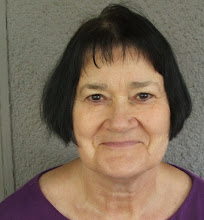Oh no, you're thinking, not the damn comma. This is perhaps the most plaguing piece of punctuation in American English, for the both native and non-native speakers alike. The reasons for so much confusion are multiple.
First, there is the connection, often made to children, that a comma is associated with taking a breath and pausing slightly. This is true, when we are reading aloud. We pause very briefly at a comma (and inhale if needed), a little longer at a semi-colon or a colon, and longest at a period (aka the full stop). But the converse is not true: that we put in a comma anytime we want the reader to pause and ponder. When somebody tells me he put in a comma because "it sounded right," I know he is reading his work aloud and not considering the conventions of standard English.
The comma, like other pieces of punctuation, is a signal, and it is a signal to pause, but it also signals a syntactical break. Here, with examples, are the most common syntactic uses of the comma.
1. Separates introductory material from the main part of the sentence, whether phrase or clause. (After he left, we finished dinner.)
2. Separates two independent clauses joined by a coordinating conjunction: and, or, for, so, yet, but. (Jack brought along his harmonica, but no one wanted to hear him play.)
3. Separates items in a series of three or more. (We're writing poems, essays, and short stories in the class.)**
4. Separates non-restrictive clauses or phrases from the body of the text. (Marilyn, an alto, sang with the choruse for years. OR Marilyn, who was an alto, sang with the chorus for years.)
· Two commas are needed when non-restrictive material occurs in the interior of the sentence.
· One comma is needed when the material occurs at the beginning or end of the sentence.
5. Designates writer’s commentary (e.g., therefore, thus, however, moreover, for example, etc.). (We went early; thus, we were able to get great seats.)
6. Separates items in common phrases (e.g., dates, addresses, geographic locations).
**See tomorrow night's post for more on this.
Subscribe to:
Post Comments (Atom)


No comments:
Post a Comment